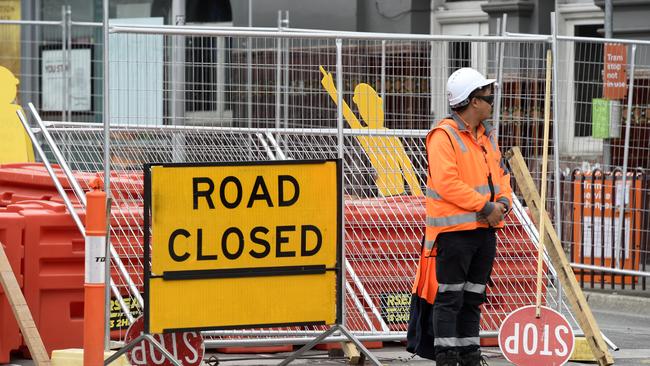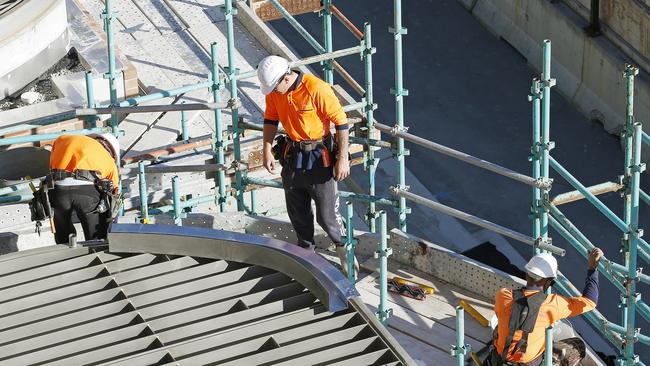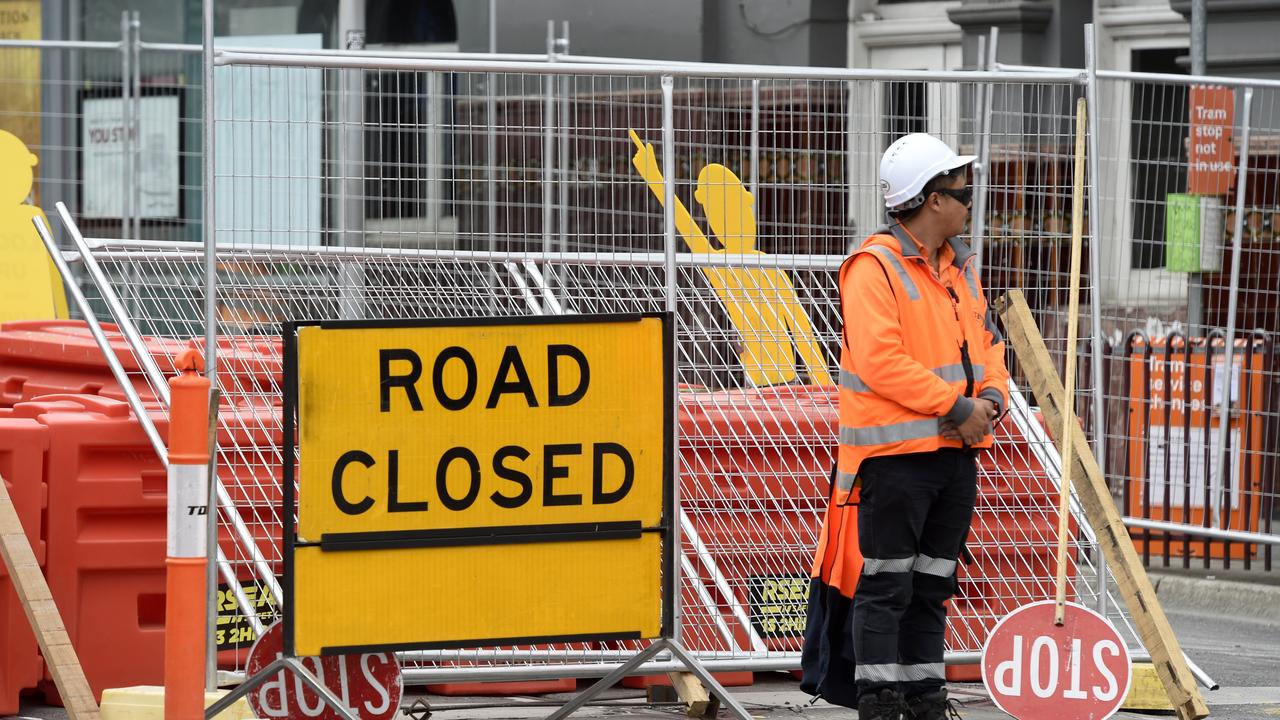Australian wages rise ahead of RBA announcement
Aussie workers’ wages are on the rise, but it could have a negative impact on those with a mortgage.

Australians’ wages growth picked up for the first time since June 2024, but it could have a negative impact for mortgage holders.
Australian wage growth continued to play “catch-up” in the first quarter of 2025 after coming in ahead of economists expectations.
Fresh figures from the Australian Bureau of Statistics on Wednesday showed wages rose by 0.9 per cent in the March quarter, with expectations of wages growing by 0.8 per cent.
The wage price index is now up 3.4 per cent for the year, up from 3.2 per cent in the 12 months until December 2024.
In real terms, wages are now up 1 per cent compared with headline inflation, which came in at 2.4 per cent over the same period.

Oxford Economics Australia head of macroeconomic forecasting Sean Langcake said wage growth was stronger than expected.
“Wage growth was driven by updated enterprise bargaining agreements in Q1,” he said. “Adjustments to aged care and early childhood education workers’ wages boosted private sector outcomes.
“In the public sector, new state-based agreements drove growth. Due to these adjustments, a much larger share of public sector jobs received a wage change than is typically the case in Q1.”
Taking out the jump in public sector wages, Mr Langcake said wage growth was more modest in other parts of the economy.
“The labour market is still in a tight position, but there are still signs in these data that wage growth is relatively well contained,” he said.
“Despite the upside surprise, we still expect to see a 25 basis point rate cut in May.”
In a post to X (formerly Twitter), IMF Economics said a reaccleration of growth to 3.4 per cent year-on-year without productivity “could be a concern” for the bank.
RBA governor Michele Bullock has previously cautioned wages could not be sustained without a productivity bump.
“If productivity didn’t pick up, then that means that the rate of nominal wages growth that can be sustained and be in line with the inflation target is lower,” Ms Bullock said.
Australia’s current productivity growth is at minus 1.2 per cent.

ABS head of prices statistics Michelle Marquardt said annual wage growth ticked up for the first time since the June 2024 quarter.
“The 3.4 per cent increase in wages for the year to the March quarter 2025 was higher than the 3.2 per cent to the December quarter 2024 but lower than the 4.0 per cent at the same time last year,” she said.
While accelerating wages could have a negative impact on Australians looking for a rate cut, the Reserve Bank of Australia forecast a pick up in wages, albeit Wednesday’s announcement was ahead of schedule.
In its February statement on monetary policy, the RBA predicted wage growth to accelerate to 3.4 per cent over the year to June.
“Australian wage price index data will kick off a focus on the Australian labour market, with the wage numbers and the labour force survey the final hurdle before next week’s RBA decision. Wages are expected to have risen 3.2 per cent in the March quarter, suggesting very little inflationary pressure coming from what appears to be an otherwise tight labour market,” Capital.com senior financial market analyst Kyle Rodda said.
“Should the numbers and more importantly the April labour force report fall close enough to the pin, it will all but cement expectations of an RBA cut.
“Currently, the markets are fully pricing in another reduction in the cash rate at this month’s meeting.”




